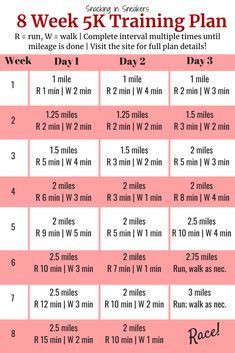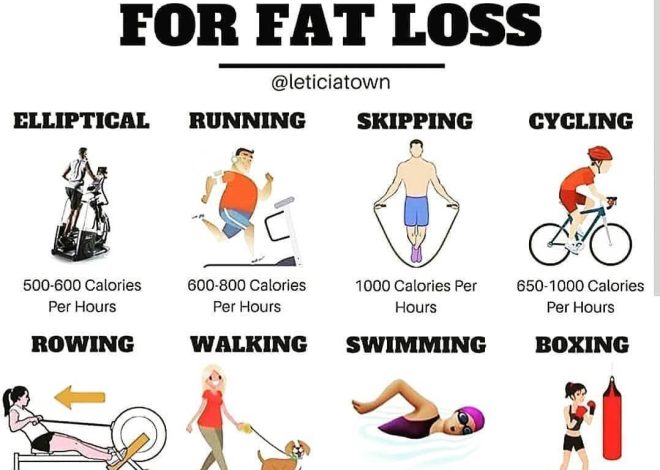
Flexibility and Aging: Staying Limber Over the Years
Aging is a natural process that affects the body in various ways. One common change that occurs with age is a decrease in flexibility. As the years go by, the joints become stiffer, muscles lose elasticity, and movements become restricted. However, it is important to understand that flexibility is not solely determined by aging. With regular exercise and proper care, individuals can maintain and even improve their flexibility as they age. In this article, we will explore the benefits of flexibility and provide tips on how to stay limber over the years.
The Benefits of Flexibility
Flexibility plays a crucial role in our overall health and well-being. It allows us to perform everyday activities with ease, such as bending, reaching, and twisting. Maintaining flexibility also helps to improve posture and balance, reducing the risk of falls and injuries, which tend to be more common in older adults.
Furthermore, flexibility exercises can alleviate muscle and joint pain that often accompany aging. By keeping the muscles and joints supple, these exercises reduce stiffness and improve mobility, ensuring a higher quality of life as we age.
Tips for Staying Limber
1. Stretching: Incorporate stretching exercises into your daily routine to maintain flexibility. Start with gentle stretches and gradually increase the intensity to avoid injury. Focus on major muscle groups, such as the calves, thighs, hips, shoulders, and neck, and hold each stretch for 15-30 seconds.
2. Yoga or Pilates: Consider taking up yoga or Pilates, as these practices emphasize flexibility and can greatly improve range of motion. Join a local class or follow online tutorials to learn the proper techniques.
3. Stay Active: Regular physical activity, such as walking, swimming, or cycling, promotes flexibility. Aim for at least 150 minutes of moderate-intensity aerobic exercise per week, or 75 minutes of vigorous-intensity exercise, as recommended by healthcare professionals.
4. Strength Training: Include strength training exercises in your workout routine. Building muscle mass helps support and protect the joints, improving overall flexibility. Use resistance bands, hand weights, or weight machines to perform exercises targeting different muscle groups.
5. Warm-Up and Cool-Down: Prior to any exercise or physical activity, warm up your muscles with light aerobic exercises. This increases blood flow, prepares the body for movement, and reduces the risk of injury. Similarly, end each session with a cool-down period, consisting of gentle stretching and deep breathing exercises.
6. Massage Therapy: Regular massages can help relax muscles and increase blood circulation, which aids in maintaining flexibility. Consider scheduling a massage session every few weeks to target areas of tension and promote overall flexibility.
7. Hydrate and Maintain a Balanced Diet: Staying hydrated is essential for maintaining flexibility, as dehydration can lead to muscle tightness and cramps. Additionally, a balanced diet rich in nutrients, vitamins, and minerals supports the health of muscles and joints.
8. Avoid Prolonged Sitting: Sitting for long periods can lead to muscle stiffness and reduced range of motion. If you have a sedentary job, make a conscious effort to take breaks and stretch throughout the day. Set a reminder to get up, move around, and do a few stretches every hour.
Conclusion
While aging may result in a natural decrease in flexibility, it is not a fate that cannot be changed. By incorporating regular exercise, stretching, and other healthy habits into our daily lives, we can maintain and improve our flexibility as we age. Remember, it’s never too late to start taking care of your body and staying limber over the years.


